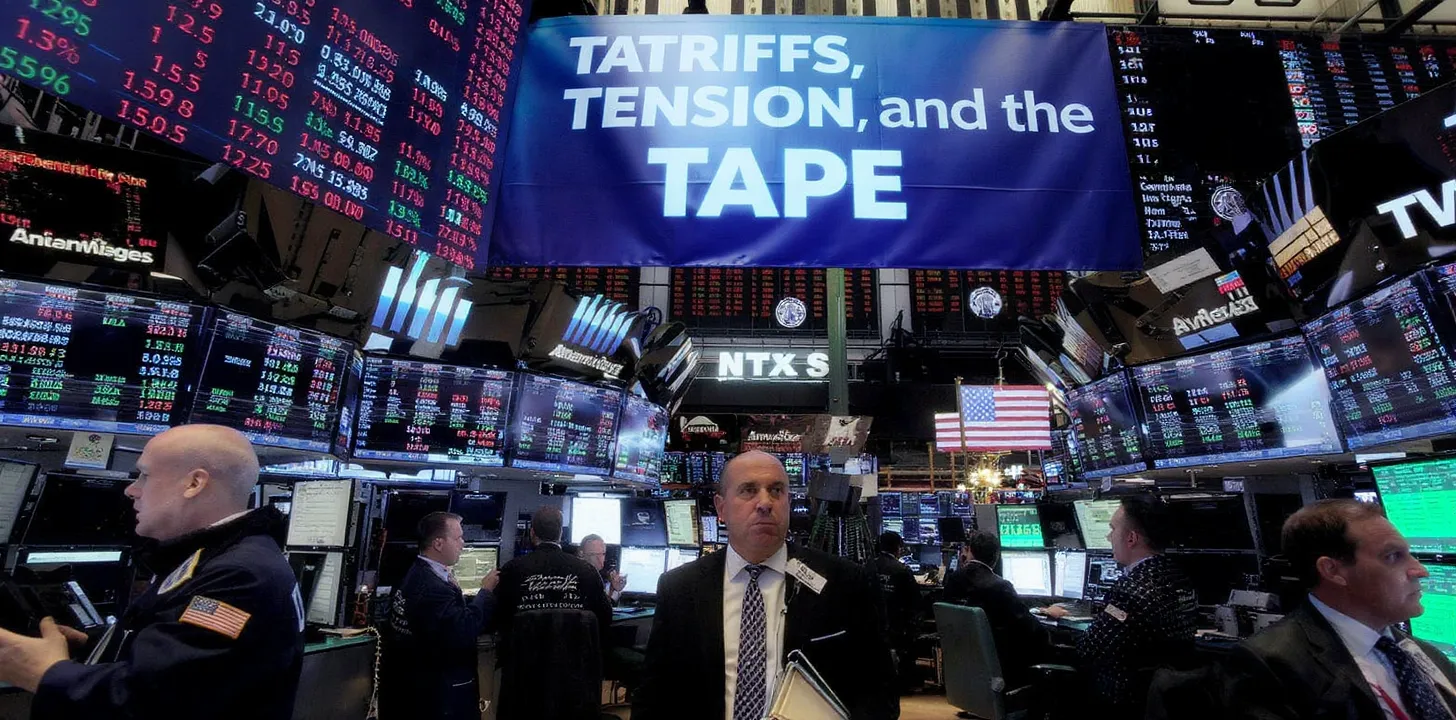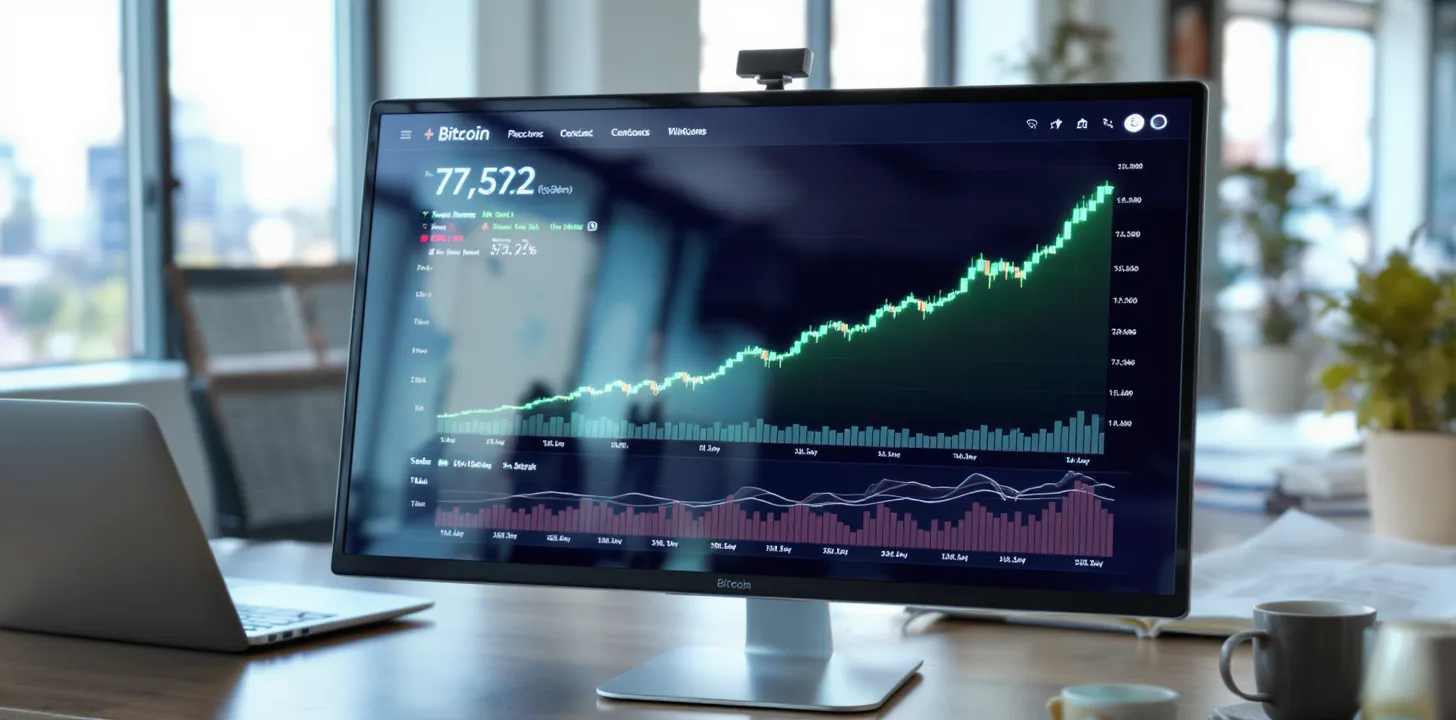Markets React to Hot US Inflation and Ukraine Peace Hopes
Thursday, February 13, 2025, brought a wave of market-moving news: a hotter-than-expected US inflation reading, renewed hopes for peace talks in Ukraine, and fresh chatter around tariffs. As traders, economists, and policymakers digested these developments, global markets experienced intraday volatility—particularly in currencies, equities, and commodities. Below is a breakdown of the major themes driving market sentiment.
1. US Inflation Surprises to the Upside
Hot CPI Data
January’s Consumer Price Index (CPI) in the United States rose by 0.5% on the month, pushing the annual inflation rate to 3.0%. Both readings exceeded analyst forecasts, which had predicted a 0.3% monthly increase and a 2.9% year-over-year rate. Core CPI (excluding food and energy) advanced by 0.4% on the month, lifting the annual core rate to 3.3%—once again outpacing estimates.
Implications for the Federal Reserve
Federal Reserve Chair Jerome Powell cautioned against drawing rapid conclusions from a single month of data. Nevertheless, Wednesday’s CPI print reinforced the notion that the Fed might need to keep interest rates higher for longer. Traders who had previously priced in the possibility of rate cuts by mid-year have now pushed those expectations further out. The Fed has repeatedly emphasized its inflation target of 2.0%, and this higher-than-expected CPI suggests the path to that goal remains challenging.
2. Ukraine Peace Hopes Spark Risk Appetite
Trump-Putin-Zelenskiy Talks
A surprise announcement by President Donald Trump fueled cautious optimism: Trump said he had spoken with Russian President Vladimir Putin and Ukrainian President Volodymyr Zelenskiy to discuss starting negotiations to end the ongoing war. Though details remain scarce and any deal would be complex, investors welcomed signs of diplomatic progress.
Impact on Markets
Equities: European and Asian equity markets saw a modest lift, particularly in sectors sensitive to global trade and geopolitical risk. The Hang Seng and Nikkei posted gains, buoyed by the possibility that a de-escalation in Ukraine could ease supply chain pressures.
Commodities: Crude oil prices declined roughly 2–3% at one point, reflecting traders’ hopes that a Ukrainian peace deal could reduce disruptions in energy markets and potentially free up global oil supply routes.
3. Tariff Moves and Trade Tensions
Reciprocal Tariffs Announcement
President Trump reiterated plans to impose “reciprocal tariffs,” targeting countries he believes place unfair barriers on US exports. Markets had been on edge over the potential for an escalating trade war, but House Speaker Johnson hinted that the administration might consider exemptions.
Global Responses
EU Negotiations: The European Union stated its preference for negotiating rather than retaliating, easing fears of an immediate surge in trade tensions.
Canada and Mexico: Other US trading partners, such as Canada, expressed concern about job losses that could result from steel and aluminum tariffs. Despite the anxious undertone, no immediate measures were announced.
4. Currency and Bond Market Reaction
US Dollar’s Early Rise Fades
Initially, the US dollar rallied after the hot inflation print, bolstered by expectations of more prolonged Fed tightening. However, the dollar index later gave back gains amid hopeful news on Ukraine and uncertainty over tariffs.
Yields and Spreads
US Treasury yields jumped immediately after the CPI release. The 10-year Treasury yield climbed above 4.60% before settling slightly lower by late trading. Higher yields dampened broader equity sentiment early on, though positive geopolitical headlines eventually provided some relief. In Europe, German–US yield spreads widened modestly, a sign that traders anticipate additional divergences in monetary policy paths.
5. Equities and Commodities Roundup
US Stocks
On Wall Street, the S&P 500 closed 0.3% lower, while the Dow Jones Industrial Average lost 0.5%. Big energy names pulled back as oil prices sank. The Nasdaq Composite managed a barely positive close, boosted by gains in technology and consumer-staple shares.
Commodities
Oil: Brent and WTI futures both tumbled on hopes for an end to the Ukraine war and the resulting possibility of freer energy flows.
Gold and Copper: Gold finished roughly flat after bouncing earlier in the session, while copper rose 2.1% on supply constraints and a weaker US dollar late in the day.
Conclusion
As of Thursday, February 13, 2025, markets are juggling multiple, interwoven factors: stubborn inflation in the US, a potential diplomatic breakthrough in Ukraine, and lingering trade worries. While the immediate reaction to higher CPI was a bump in US yields and a stronger dollar, the prospect of peace negotiations in Eastern Europe offered a counterweight by lifting investor sentiment. Looking ahead, traders will focus on upcoming US data—specifically the PPI and jobless claims—to gauge whether the inflation trend might persist. In Europe, industrial production figures and further talk of reciprocal tariffs remain front and center. All told, volatility could remain elevated as these pivotal stories continue to evolve.



